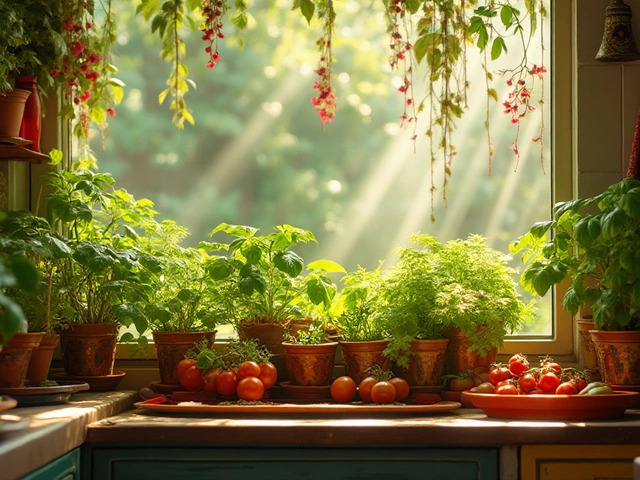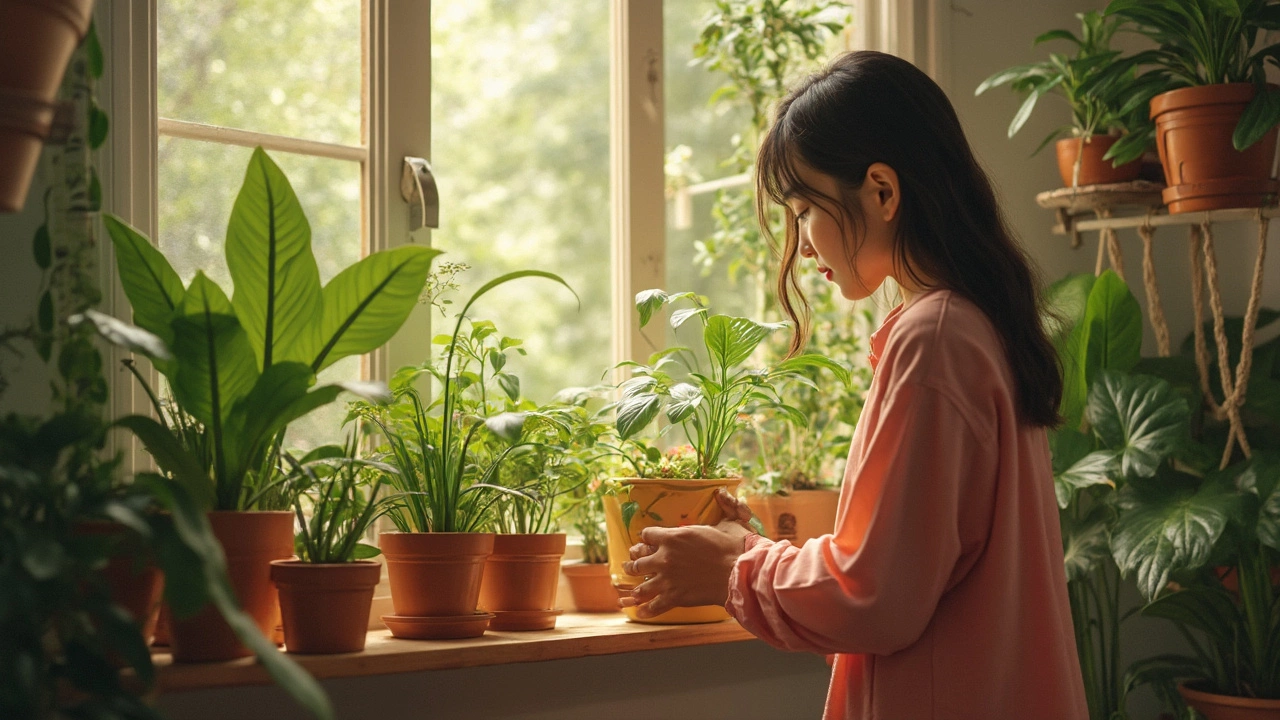How Often to Water Plants: Practical Tips for Every Indian Garden
Ever wondered why some plants look wilted while others stay green? The answer is often the watering schedule. Too much water drowns roots, too little dries them out. In India’s varied climate, getting the timing right can feel tricky, but a few simple rules make it easy.
General Rules for Watering
First, check the soil. Stick your finger about an inch deep; if it feels dry, it’s time to water. Warm, sandy soils lose moisture fast, so you may need to water every 2‑3 days during summer. Clayey or loamy soils hold water longer, allowing a 4‑5 day gap between drinks.
Season matters a lot. Monsoon months (June‑September) often provide enough rain, so you can skip watering on rainy days. In winter, many plants go dormant and need only a light soak once a week or even less.
Plant type also influences frequency. Succulents and cacti store water in their leaves; a deep watering once every 10‑14 days is enough. Leafy vegetables, herbs, and flowering shrubs need more consistent moisture—think every 2‑3 days in hot weather.
Special Cases: Indoor Plants & Drip Irrigation
Indoor plants have a different set of rules. They sit in smaller pots, so soil dries out quicker. A good habit is to water when the top 2‑3 cm feels dry. For popular houseplants like pothos or spider plant, that usually means once a week in cooler months and twice a week in summer.
Got a drip system? That makes timing simpler but still needs fine‑tuning. Bury drip lines at the right depth (about 6‑8 inches for most vegetables) to deliver water right to the root zone. Set the timer for early morning, 15‑30 minutes per zone, and adjust based on rain. A quick test: after a watering cycle, feel the soil a few inches down. If it’s still soggy, reduce the run‑time.
One tip many forget: let tap water sit for a few hours before using it on sensitive plants. This lets chlorine evaporate and brings the temperature closer to ambient, preventing shock.
Mulching is a cheap hack that reduces how often you water. A 2‑3 cm layer of straw, leaf litter, or dry grass blocks evaporation. In hot Indian summers, mulched beds can cut watering needs by half.
Finally, watch your plants. Drooping leaves, yellow tips, or wilted buds are signposts. If leaves turn brown and crispy, you’re under‑watering. If they look mushy or develop a black edge, you’re over‑watering. Adjust the schedule accordingly—plant health is the best timer.
Remember, there’s no one‑size‑fits‑all answer. Start with the basic soil‑check, consider climate, plant type, and watering method, then fine‑tune by watching your garden. With a little attention, you’ll keep your plants happy without guessing every day.
How Often Should I Water Houseplants? Practical Indoor Plant Care Tips
Struggling to figure out how often your houseplants need water? Here's a guide that cuts through confusing advice and focuses on what actually matters for healthy indoor plants. Get practical tips, learn what signals to watch for, and find out why one schedule doesn’t fit all. You'll also see some common mistakes, plus surprising facts that seasoned plant lovers swear by. Whether you’re a plant newbie or have a full-blown indoor jungle, this is for you.
About
Indoor Plant Care
Latest Posts


Can I Install Drip Irrigation Myself? Here's Everything You Need to Know
By Alden Thorne Mar 13, 2025

Grow Fresh Vegetables in Your Kitchen: A Complete Guide
By Alden Thorne Jan 1, 2025

Why Wash Rice Before Cooking? The Real Reasons Revealed
By Alden Thorne Jun 20, 2025

